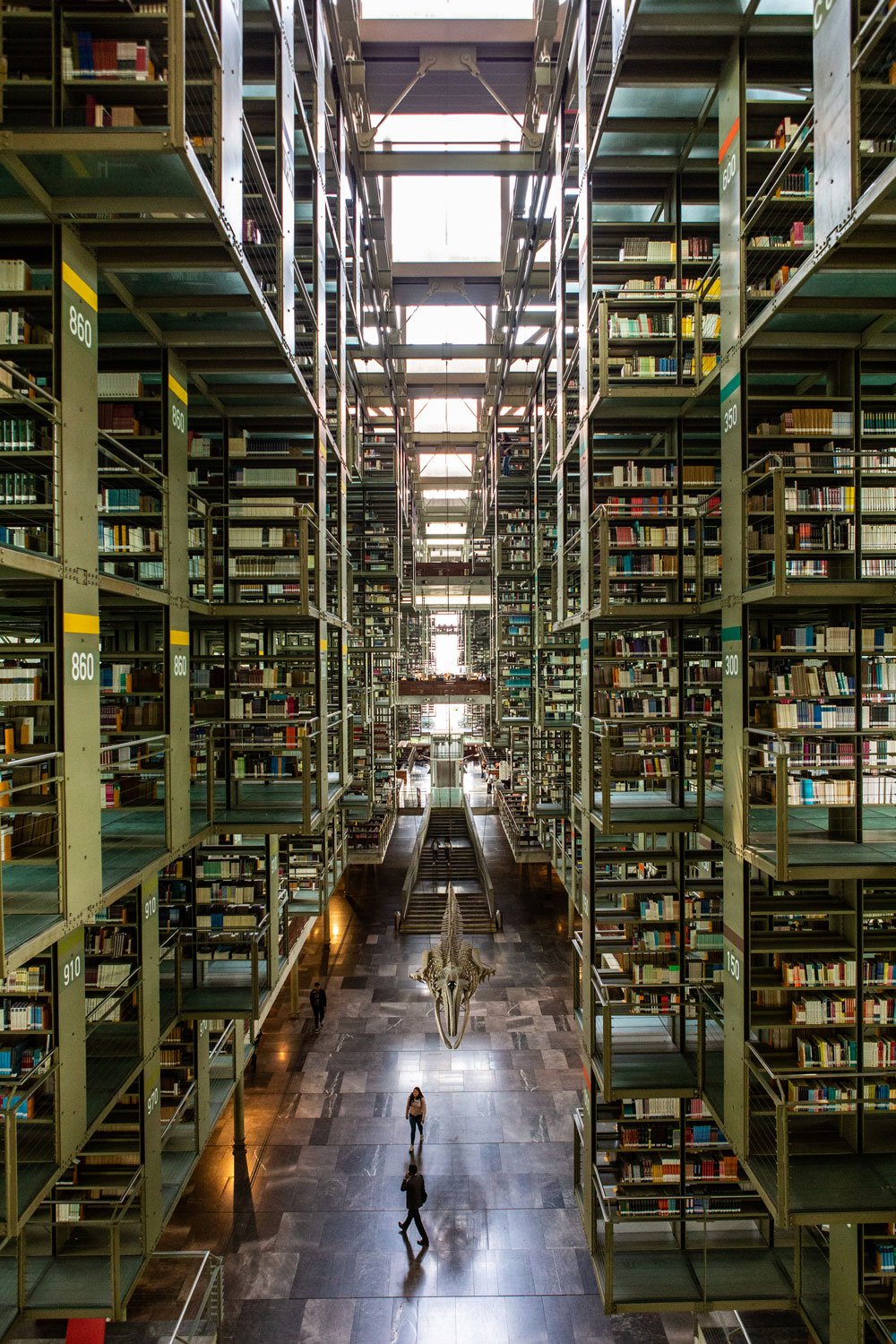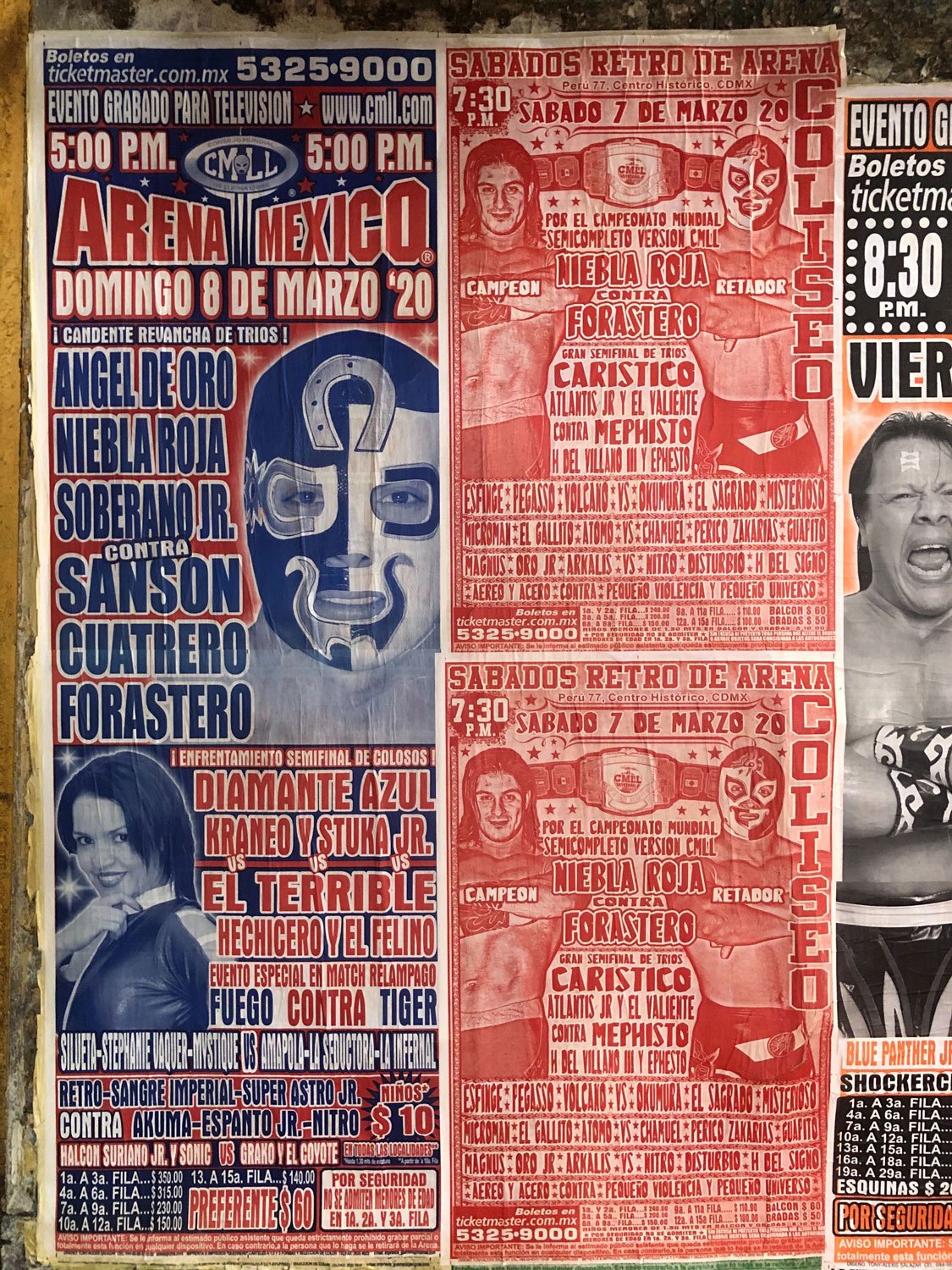72 Hours in Mexico City
More tacos, miles, and mezcals than we can count.
Hours 0-24
The sun’s barely up, and outside a man is yelling at the top of his lungs. I don’t know what he’s saying, but later I find out he’s the neighborhood’s gas salesman. And the yelling isn’t his voice, it’s a recording, blasting from a bullhorn strapped to the roof of his truck. Buenos dias, indeed.
First thing’s first: coffee and a guava and cheese pastel from Lardo in Roma. And then a cab out to Teotihuacan (Aztec translation: “the place where the gods were created”). The pyramids—a popular tourist destination but nonetheless a must-see—are about an hour outside the city. On the trip out, the dense urban landscape of the city gives way to hills of rolling, colorful barrios and finally to the scrubby, high-elevation desert where Teotihuacan rests.
A visit to Teotihuacan is makeshift exercise for the day and a stark reminder of what it feels like to hoof it up steep, rough-hewn steps at 7,500 feet above sea level. Word to the wise: wear a pair of joggers or hybrid shorts unless you’re a fan of sweating through your jeans. Tackle the central Pyramid of the Sun and take a stroll down the Avenue of the Dead (more pleasant than it sounds). Then, duck into the mercifully shaded vendor tents on the way out for much-needed water, and some epic geode and obsidian souvenirs at a fraction of the usual price—Teotihuacan sits in a geologically rich area of the Basin of Mexico.
By the time we headed back into the city, traffic had picked up—there’s no such thing as a small jam when about 22 million people live in the greater Mexico City area. To break up the ride, we pitstopped at the architecturally stunning Biblioteca de Vasconcelos, a megalibrary near downtown whose design was inspired by a spaceship (to great success, we might add). We wandered the zig-zagging geometric shelves for half an hour to cool down and get a taste of what it feels like to be in a Matrix movie.
A 20-minute walk away sits the Monumento a la Revolución. Atop an art deco building bordering the square, take the elevator up to the sixth floor for lunch and drinks at Terraza Cha Cha Cha, an open-air rooftop bar with a great view of the monument and surrounding city. Hungry from our hike at the pyramids, we quickly washed down a round of margaritas and an order of guacamole with dried saltamontes (grasshoppers). Don’t be afraid to indulge in the whole grilled octopus, but make sure to leave a little room.
We saved just enough for an order of cinnamon-sugar encrusted churros at El Moro, a Mexico City institution. Don’t let the modern interior fool you: El Moro has been serving up rings of crunchy, crispy, sugary churro goodness since 1935. Order them with a side of chocolate dipping sauce, or don’t—you can’t really mess this up.
That night, we started things off at La Clandestina, a snug mezcaleria in Condesa. Great for mezcal newcomers and experts alike, the array of choices on offer can be a little dizzying at first. The sharp, clean Espadín 54 or the syrupy Anejo? The fruity Tequilana or the earthy Arroqueno? It’s enough to make your head spin—even before a drop has touched your tongue—but the friendly staff will have you throwing back chupitos like an old pro in no time.
When the Oaxacan cheese at La Clandestina just wasn’t enough, we headed over to El Tizoncito, purported inventors of tacos al pastor. We started off with a chicharron de queso: a large, thin roll-up of crispy, chewy cheese cooked on a flat-top. Then, you guessed it, plates of tacos al pastor sliced off the spit just feet away with mesmeric precision.
Hours 24-48
We started off day two at Ojo de Agua, where you can choose from a lengthy list of fresh-made juices for some much-needed vitamins and minerals after a night of meat and mezcal. If you want something with a little more heft to soak up the agave in your stomach, get the chilaquiles—some of the best in the city.
Next up, we explored Bosque de Chapultepec, Mexico City’s sprawling central park and home to many of the city’s zoos and museums. We hiked our way up the hill to the Castillo for expansive views that can't "be surpassed in beauty in any part of the world,” according to one historian.
Then, wander across the park to the Museo Tamayo Arte Contemporáneo. The building itself is worth the trip: a cool and considered study of brutalist architecture. Inside, contemporary exhibits range from photography to paintings and sculptures, with heavy hitters interspersed with new names to remember. Take a few minutes to slow down and absorb the many angles, cruxes, windows, and light beams of the main room. If you’re game for more attractions, the botanical gardens and Natural History Museum are right across the way.
Ready to sit down and dig in after many thousands of steps, we made our way north to the ritzy Polanco neighborhood for a lunch to remember at Entremar, the sister restaurant to Contramar, both started by Gabriela Cámara, one of Mexico’s up-and-coming culinary names. We went to Entremar as it tends to be a little easier to get into but has essentially the same menu.
The “red and green” grilled fish is a must-order: one half slathered in chile, the other in green herbs. It looks great, and it tastes even better. Entremar serves up some of the best carajillos in the city, a coffee-based cocktail that’ll bring you up and down in all the right ways (Spanish troops purportedly used a combination of coffee and rum to give them courage, the origin of the modern day carajillo — recipe here.)
Full, loose, and buzzing, we called a car for a quick ride towards the Soumaya and Jumex, two more eye-catching contemporary art museums that share a city block. The Soumaya is most striking from the outside: 16,000 shining hexagons cover the unique, twisting and turning building that can’t help but make you feel that you’re witnessing some sort of metallic sea creature breaching. You can capture the best view of it from the Jumex’s third-floor balcony, which will elevate you above the crowds for an uninterrupted view of the metallic masterpiece.
With three museums and five-digits-worth of steps to our names that day, we headed home to regroup before the evening’s main attraction: a trip to Arena México to catch the singular spectacle that is true, authentic Lucha Libre. As long as it’s not a high-profile match, chances are you can buy tickets at the door. Grab a seat, wave down a vendor to stock up on tall, cheap plastic cups of Mexican lager, and settle in for a couple hours of wild musical intros, over-the-top scripted fights, and more than a couple Spanish expletives yelled from all around you—you’ll quickly find that most of la gente comes here as a form of high-octane catharsis. FYI, no cameras bigger than a phone allowed in.
Hours 48-72
Xochimilco (pronounced so-chi-mill-co) is the last taste of the Mexico City of old: an Aztec civilization built on waterways. (The 2017 earthquakes were particularly devastating to Mexico City for this reason, with many neighborhoods built atop subterranean lakes and rivers.) Barely an hour away from downtown, here it feels remarkably rural and miraculously unaffected by the hectic energy of the city.
In Xochimilco, colorful passenger boats ply calm canals that subdivide chinampas, small plots of manmade land used to farm crops, an agricultural style stretching back over a thousand years. Mariachi bands, food vendors, and artists float by on traditionally painted boats of their own. If you’ve got enough liquid courage in the tank, float by the Isla de las Muñecas, or Island of the Dolls, which is said to be haunted by the spirit of a young girl who was caught in the currents long ago...
Back in the city, we started the night out at Campobaja, an upbeat spot in Roma that specialises in the seafood-based cuisine of Baja California. Before dinner upstairs, we ducked through a narrow hallway that opened up into a relaxed bar outfitted with picnic tables, and a court for playing petanca, a bocce-esque game best played with a beer in hand. After a couple rounds, we headed upstairs for a taste of Baja: be sure to order the simple, stunning shrimps in olive oil.
We capped off the night—and the trip—at Bósforo, a buzzy mezcaleria near downtown. We grabbed a drink and headed up the rickety stairs to an endearingly cramped loft, outfitted with floor cushions and fast-spinning ceiling fans. Sipping our last mezcals of the trip, we reflected on 72 hours well-spent in the bustling, cosmopolitan, and vibrant hub of life in Mexico.
There’s no avoiding that a visit to Mexico City is a visit anchored by food. From hole-in-the-wall shops cranking out fresh tortillas to dishes so well designed they belong in museums, some of the greatest sights to be seen in the Mexican capital are those that come to you on plates, whether they’re artisanal ceramic or flimsy paper.
A greasy taco al pastor and raw tostada de atun from Entremar. Aguardientes perfected by Oaxacan families over generations and served in hip mezcalerias. A hike up ancient pyramids followed by a trip to architecture from the future. Mexico City coalesces the old and new, the historic and the modern, the traditional and the contemporary.
You ride in the backseat of a car whose suspension has long since been worn to nothing, bouncing through streets being overtaken by the roots of trees planted along the sidewalks, en route to another meal with more flavor and spice than you thought possible. Along the way, you’ll pass 1,000 taquerias you’ll never have the chance to taste. They’re all delicious.
This piece originally appeared on the Huckberry Journal in April 2020. If you’re reading this, the formatting has probably seen better days, but you can view the original here.
The first piece of advice: make sure you book a window seat on your flight into Mexico City. It’s a view you don’t want to miss—a seemingly endless rolling landscape of civilization that stretches further than the eye can see. (The second piece of advice: never use the tortilla on top of the stack when making a taco, it’s just there to keep the others warm.)
The sheer scale of the Mexican capital is stunning—and intimidating. How are you going to get around? Where should you stay? Where should you eat? Is it safe? The short answers are: Uber is your friend, Roma Norte, anywhere that looks good with a crowd, and yes. For the long answer, read on: here’s how we spent 72 Hours in Mexico City.













